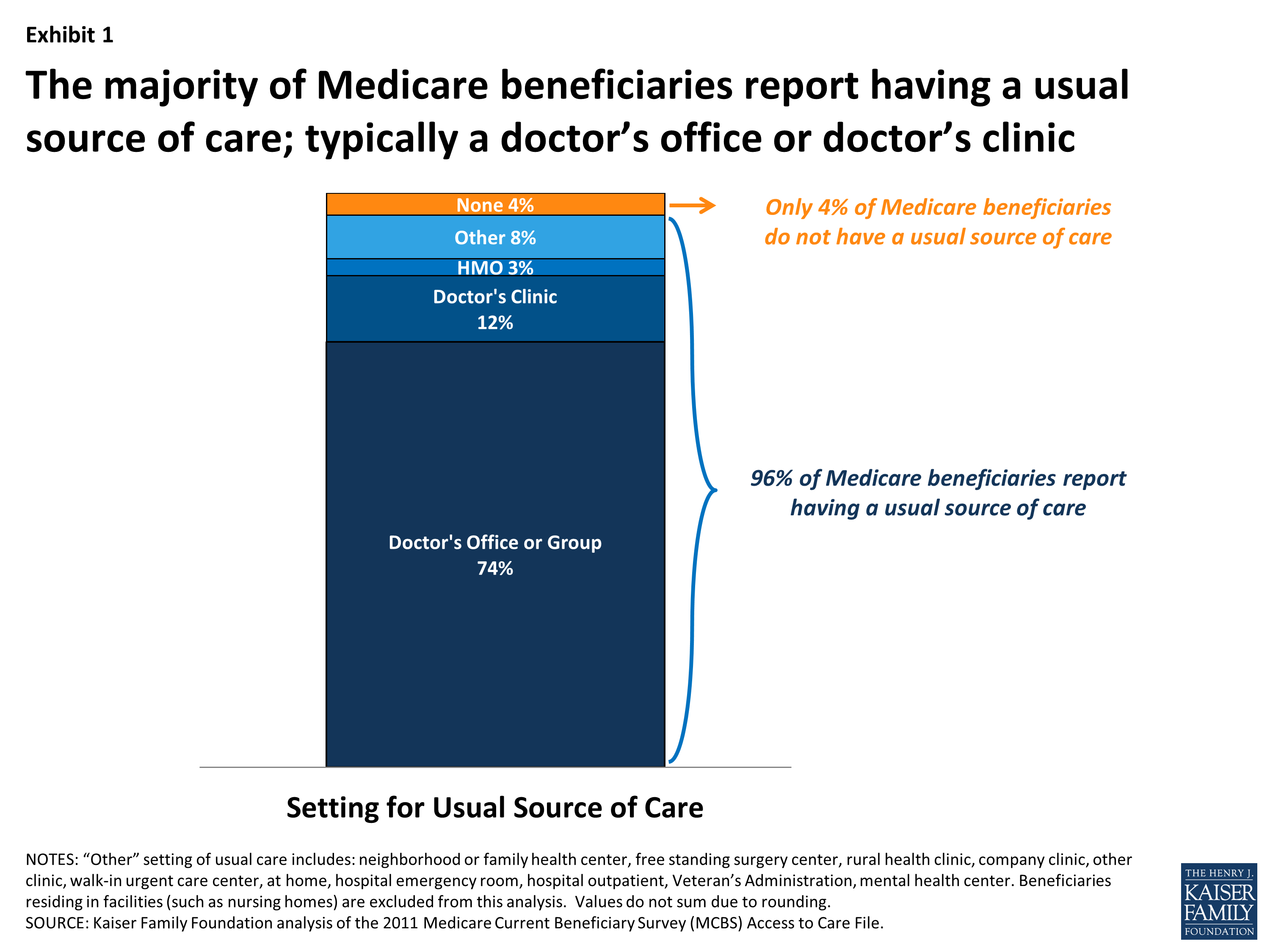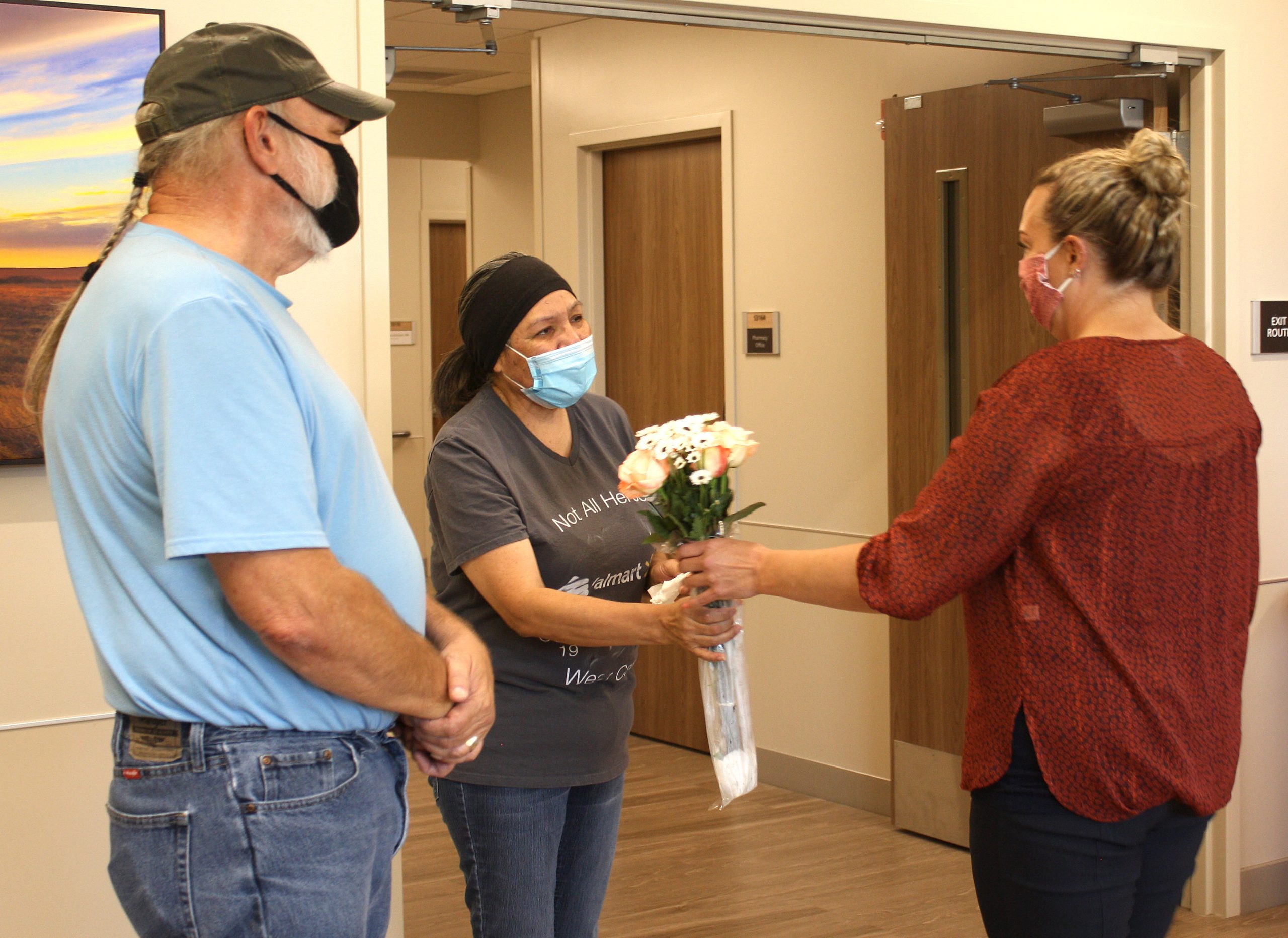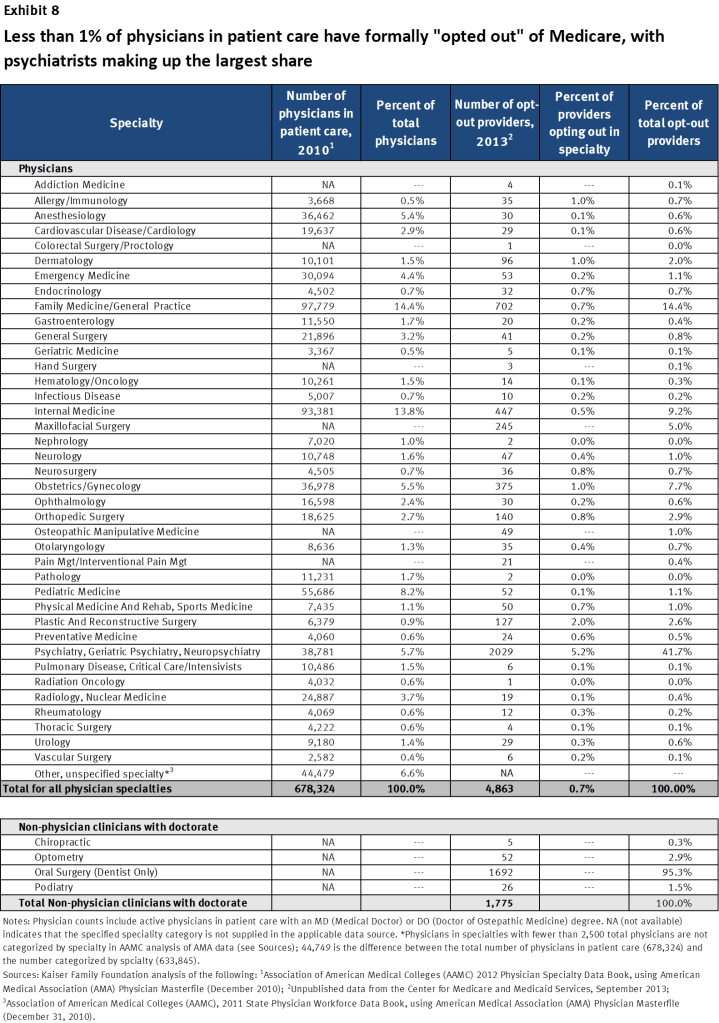
Medicare Patient Assistance Programs (PAP) If you have Medicare part D, there is a good chance you can qualify for a patient assistance program (PAP) that will cover the cost of your diabetes medications. The main requirement is that your income is below a certain threshold.
Full Answer
How can I get help to pay for Medicare?
• Call 1-800-MEDICARE (1-800-633-4227) and ask about getting help paying for your Medicare premiums. TTY users can call 1-877-486-2048. • Call your State Medical Assistance (Medicaid) office. Visit Medicare.gov/contacts or call 1-800-MEDICARE to get their phone number. You have the right to get Medicare information in an accessible format ...
Is there a monthly premium for Medicare?
What does Medicare cost? Generally, you pay a monthly premium for Medicare coverage and part of the costs each time you get a covered service. There’s no yearly limit on what you pay out-of-pocket, unless you have supplemental coverage, like a Medicare Supplement Insurance (
Who qualifies for Medicare extra help?
You may automatically qualify for Extra Help if you have Medicare and also:
- Receive full Medicaid coverage (meaning you’re eligible for the full range of Medicaid benefits).
- Are enrolled in a Medicare Savings Program, which pays for your Part B premium.
- Receive Supplemental Security Income (SSI) benefits.
How much is monthly premium for Medicare?
The standard monthly premium for Medicare Part B enrollees will be $148.50 for 2021, an increase of $3.90 from $144.60 in 2020. The annual deductible for all Medicare Part B beneficiaries is $203 in 2021, an increase of $5 from the annual deductible of $198 in 2020.

Is patient assistance program legitimate?
Patient assistance programs (PAPs) are usually sponsored by pharmaceutical manufacturers and are promoted as a safety net for Americans who have no health insurance or are underinsured.
How much is the donut hole for 2022?
Donut Hole: Who Pays What in Part D Medicare beneficiaries will see a Part D deductible up to $480 in 2022, followed by an Initial Coverage Period in which they will be responsible for 25% of costs up until they reach the threshold of $4,130 spent on prescription medications.
What is the income limit for AZ&Me?
You may be eligible if you meet the following criteria: 1. You have an annual household income* at or below: $35,000 for a single person $48,000 for a family of two $60,000 for a family of three $70,000 for a family of four $80,000 for a family of five * Income limits may be higher in Alaska and Hawaii.
What does the PAN Foundation cover?
1. What does PAN cover? Our 12-month grants offer financial assistance for out-of-pocket medication costs, including co-pays, health insurance premiums, and transportation costs associated with medical care. Co-pay funds: assistance with deductibles, co-pays, and coinsurance for medications.
What is the maximum out-of-pocket for Medicare Part D?
The out-of-pocket spending threshold is increasing from $6,550 to $7,050 (equivalent to $10,690 in total drug spending in 2022, up from $10,048 in 2021).
Is Medicare getting rid of the donut hole?
The Medicare donut hole is closed in 2020, but you still pay a share of your medication costs....As of January 1, 2020, drug costs during the coverage gap are paid in the following way:Generic drugsBrand-name drugsYour insurance company pays:75%5%The drug manufacturer pays:0%70%1 more row•Oct 6, 2021
How do you qualify for free eliquis?
You may be eligible for the Free 30-Day Trial Offer for ELIQUIS® (apixaban) if:You have not previously filled a prescription for ELIQUIS;You have a valid 30-day prescription for ELIQUIS;You are being treated with ELIQUIS for an FDA-approved indication that an HCP has planned for more than 35 days of treatment;More items...
How can I get a free inhaler?
Prescription assistance programs (PAPs) are designed to provide inhalers and other asthma drugs free of charge or at a highly discounted price to lower-income individuals and families. Copay assistance programs (CAPs) cover a portion of drug copay costs for people with health insurance.
Does Farxiga have a patient assistance program?
Financial and insurance assistance For more information and to find out if you're eligible for support, call 855-332-7944 or visit the program website. If you do not have insurance or if you're covered by Medicare Part D, the manufacturer of Farxiga also has an assistance program called AZ&Me that may be able to help.
What is Pan program?
Patient Access Network Foundation assistance programs. The Patient Access Network (PAN) Foundation was founded in 2004. It provides qualified individuals with funding for paying a certain type of out-of-pocket medical costs. All of the assistance from the PAN foundation will be for prescription drugs.
What is healthcare pan?
The Patient Access Network (PAN) Foundation is an independent, national 501 (c)(3) organization dedicated to helping federally and commercially insured people living with life-threatening, chronic and rare diseases with out-of-pocket costs for their prescribed medications.
What does the HealthWell foundation cover?
HealthWell provides financial assistance to eligible individuals to cover coinsurance, copayments, health care premiums and deductibles for certain medications and therapies.
What is the Medicare donut hole for 2022?
You enter the donut hole when your total drug costs—including what you and your plan have paid for your drugs—reaches a certain limit. In 2022, that limit is $4,430.
What is the donut hole amount for 2023?
Your drug plan will kick in the majority of the cost and you will typically pay a coinsurance or copay amount. As soon as your out-of-pocket amount reaches $4,660 (in 2023), you will find yourself on the threshold of stage three—the Medicare donut hole.
What will the Medicare donut hole be in 2023?
Coverage Gap (Donut Hole): begins once you reach your Medicare Part D plan's initial coverage limit ($4,660 in 2023) and ends when you spend a total of $7,400 out-of-pocket in 2023.
How is Medicare donut hole calculated?
While in the Medicare donut hole (coverage gap), you typically pay a percentage of the cost of your prescription drugs. You'll pay (at most) 25% of your plan's cost for every covered prescription drug. You continue to get your prescription drugs from the retail and mail-order pharmacies in your plan's network.
How do I find out if I am eligible for a PAP?
It will show the income cutoff. If you think you may qualify, clink the link to the PAP website. Download the PAP application and print it out. Carefully review the requirements and gather the required documentation (this usually includes proof of your income and sometimes receipts showing how much you have spent on medications so far this year). Once you have the required documentation, bring the form to your doctor to complete their portion. Have the doctor fax the form in, and you should get a decision within a couple weeks.
Does Medicare Part D cover diabetes?
If you have Medicare part D, there is a good chance you can qualify for a patient assistance program (PAP) that will cover the cost of your diabetes medications. The main requirement is that your income is below a certain threshold. This threshold is usually 300% or 400% of the federal poverty threshold (see table below ), for which many retirees will fall under. Note that your savings and assets DO NOT COUNT AGAINST YOU! This is a common misconception amongst patients.
What is PAP in Medicare?
As explained in the Bulletin, arrangements through which a pharmaceutical manufacturer would use a PAP it operates or controls to subsidize its own products that will be payable by Medicare Part D present a heightened risk of fraud and abuse .
Can pharmaceutical companies make donations to PAPs?
For example, the Bulletin, reflecting long-standing OIG guidance, makes clear that pharma ceutical manufacturers can make cash donations to bona fide independent charity PAPs that are not affiliated with a manufacturer and operate without regard to donor interests, providing appropriate safeguards exist. These programs are typically operated by patient advocacy and support organizations.
Can OIG prevent Medicare from helping uninsured patients?
Finally, the Bulletin makes clear that nothing in any OIG laws or regulations prevents pharmaceutical manufacturers or others from helping uninsured patients and Medicare beneficiaries who have not enrolled in Part D with their outpatient prescription drugs.
What is Medicare Part D?
The Medicare Prescription Drug, Improvement, and Modernization Act of 2003 (MMA) and subsequent regulations require coordination between CMS, State programs, insurers, employers, and all other payers of prescription drug benefits to ensure that the prescription drug benefits provided to Medicare beneficiaries enrolled in Medicare Part D are maximized and the integrity of the Medicare program is assured. CMS has implemented data exchanges with Prescription Drug Assistance Programs including State Pharmaceutical Assistance Programs (SPAPs), AIDS Drug Assistance Programs (ADAPs), and Patient Assistance Programs (PAPs) to coordinate Medicare Part D prescription drug benefits with other coverage a Medicare beneficiary may have. This allows CMS to facilitate accurate claims payment and the calculation of the Medicare Part D True Out of Pocket (TrOOP) expenses incurred by Medicare beneficiaries.
What is a CMS data exchange?
CMS exchanges data files with SPAPs, ADAPs, and PAPs to obtain prescription drug coverage information Medicare beneficiaries have under these programs and to provide Medicare Part D coverage information in return. Detailed information on how to establish a Data Sharing Agreement (DSA) and implement a data exchange with CMS for this purpose can be found on the Coordinating Prescription Drug Benefits page of this section. An overview of Part D data exchanges and the coordination of prescription drug benefits can be found in the Downloads section below.
What is AZ ME?
AZ&Me™ is designed to help qualifying people without insurance and those on Medicare who are having trouble affording their AstraZeneca medications.
Does AstraZeneca have a cost?
AstraZeneca medicine s provided at no cost. Click here to review the list of medicines available through this program.
